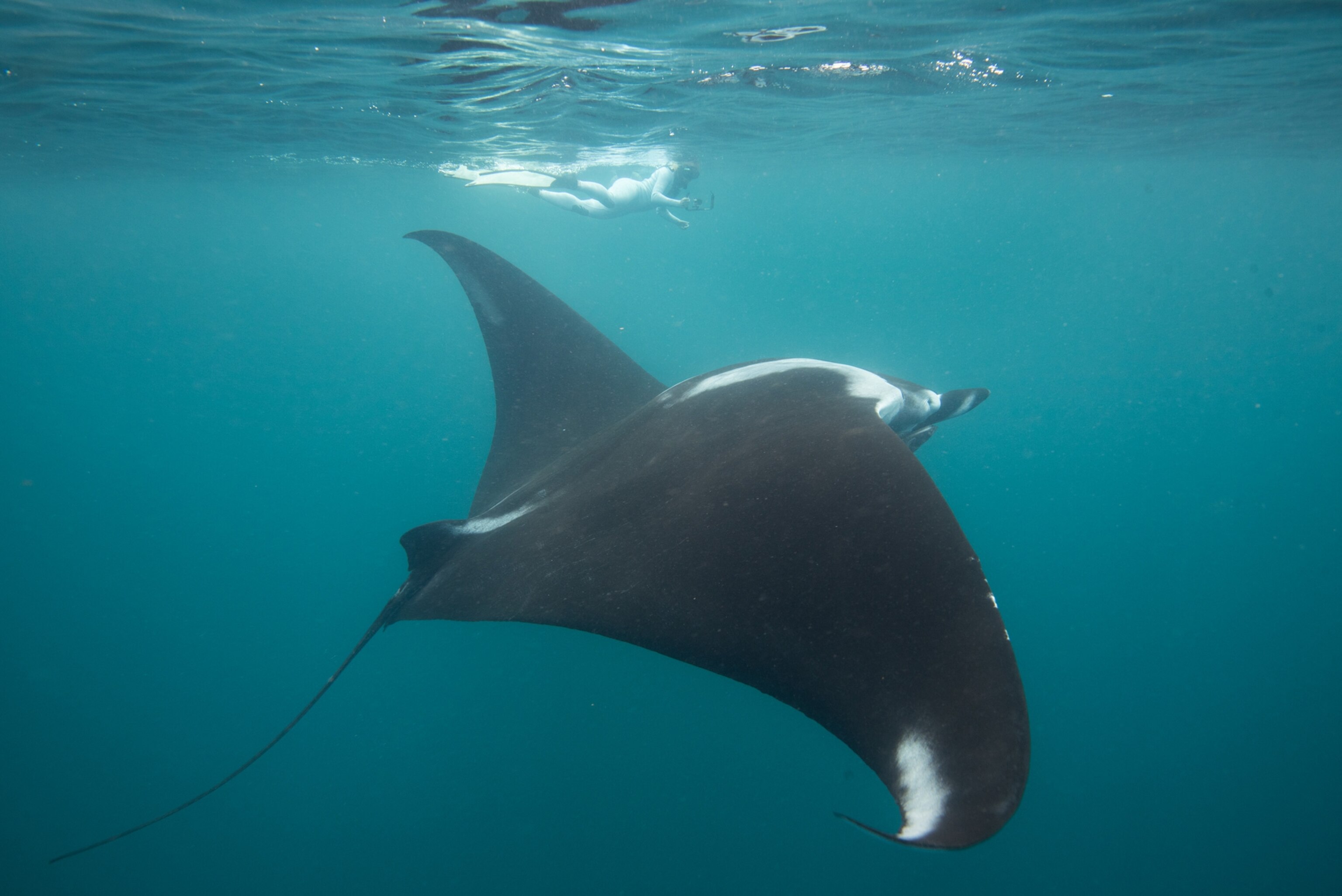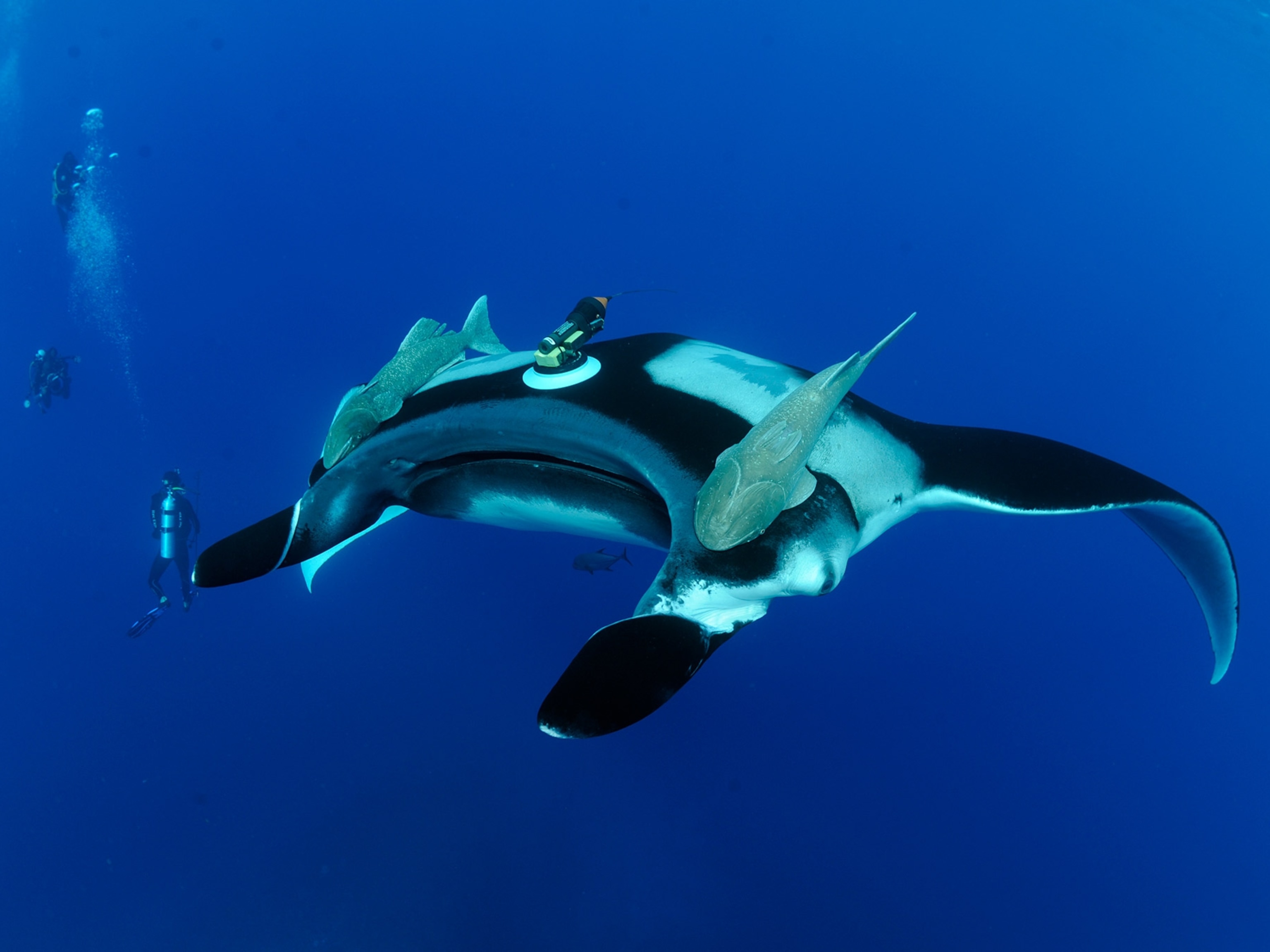
How to Give a Manta Ray a Makeover
A biologist seeks to give ocean conservation—and the manta ray—fresh look.
The old proverb about not giving a man a fish but teaching him how to fish tends to apply literally to matters of ocean conservation. Rather than try to solve developing communities’ problems for them—polluted coastlines, for instance, or depleted fisheries—many conservationists find that more lasting solutions come from giving people the tools they need to tackle the issues themselves.

Biologist Kerstin Forsberg is taking that approach to coastal and marine conservation, particularly regarding Peru’s giant manta rays. “They are flagship species,” she says, “and indicators of ocean health.” Often incidentally caught by fishermen, they are listed as vulnerable by the International Union for Conservation of Nature.
Forsberg is a Rolex Awards for Enterprise laureate and a co-founder and director of Planeta Océano, a marine conservation nonprofit. In addition to protecting giant manta rays, her team conducts extensive studies on threatened marine environments, helps schoolteachers build networks to exchange information and compare lesson plans, and offers financial and technical help to fishermen and businesses that could fuel a growing ecotourism sector.
The approach appears to be working. Manta rays are now legally protected in Peru, and their image has gotten a boost too. Last year one of the country’s magazines made a manta ray its cover model.





